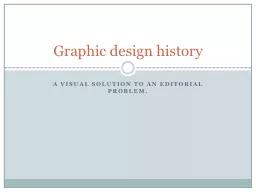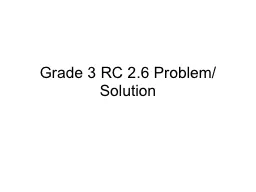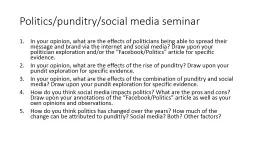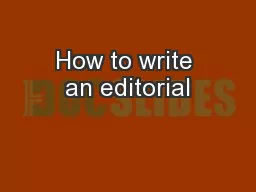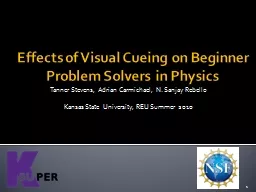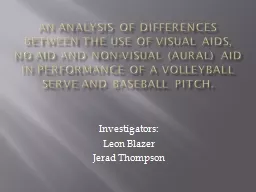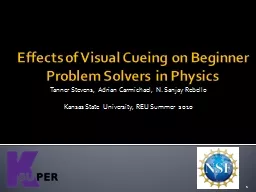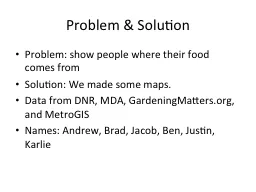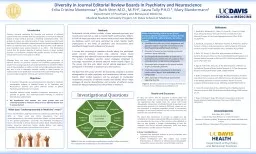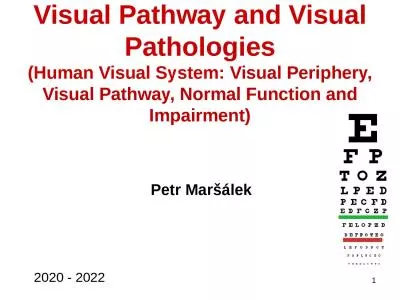PPT-A visual solution to an editorial problem.
Author : escapistlego | Published Date : 2020-08-06
Graphic design history A revolution movable type Gutenbergs Bible revolutionized communication 1450 Advertising exploded after Civil War Patent medicine advertised
Presentation Embed Code
Download Presentation
Download Presentation The PPT/PDF document "A visual solution to an editorial proble..." is the property of its rightful owner. Permission is granted to download and print the materials on this website for personal, non-commercial use only, and to display it on your personal computer provided you do not modify the materials and that you retain all copyright notices contained in the materials. By downloading content from our website, you accept the terms of this agreement.
A visual solution to an editorial problem.: Transcript
Download Rules Of Document
"A visual solution to an editorial problem."The content belongs to its owner. You may download and print it for personal use, without modification, and keep all copyright notices. By downloading, you agree to these terms.
Related Documents

